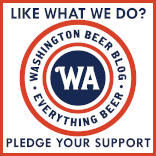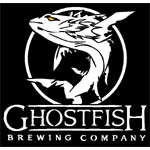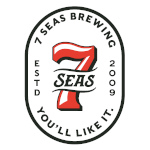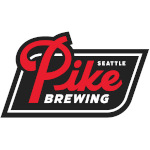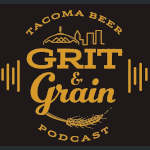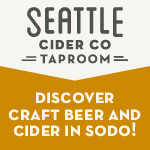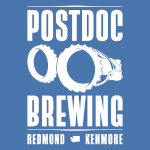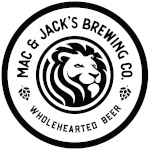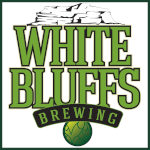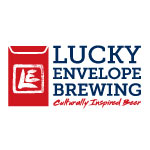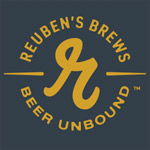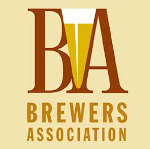It’s not rocket science. Or is it?
I was having dinner with friends at a local brewpub the other night. One of my buddies was drinking a non-alcoholic beer. He’s a tech-savvy sort of fella. He’s an engineer. As he happily sipped his Best Day West Coast IPA, he asked me a straightforward question: “How do they make NA beer?” I know how they make it; I just don’t think about it too much. I could not provide a simple, coherent answer on the fly. Beer geek fail.
Non-alcoholic beer has always been one of my blind spots. For years, I ignored it, but it’s become abundantly clear that NA beer is an important part of the craft beer industry. In a world where beer sales are generally struggling, non-alcoholic craft beer sales are soaring. It’s a well-documented fact. Below, I provide a basic introduction to what NA brewers are doing.
It is difficult to make good NA beer. Best Day Brewing and Athletic Brewing are the leaders in the NA craft beer space in the USA. Both companies use proprietary methods based on one of the three methods I describe below. In public-facing statements, each company explains its process in somewhat vague terms, which is understandable; it’s a competitive marketplace.
NOTE – Beyond getting you buzzed, alcohol plays an important role in beer. It helps make it a safe, uncontaminated product. Bad microbes don’t like alcohol. Alcohol also helps make beer a shelf-stable product. The producers of NA beers must find other ways to address those issues. Like I said, it’s difficult.
Here’s how they don’t do it. Once upon a time, and maybe somewhere still, brewers made beer without fermenting it. Is that really beer or just a beer-flavored beverage? Alternatively, they’d simply dilute the beer until the alcohol content was lowered to an acceptable level. In recent years, significant advances have been made in two new technologies: de-alcoholization and controlled fermentation.
How they do it
The three most common methods for producing non-alcoholic beer are vacuum distillation, reverse osmosis, and arrested/controlled fermentation. I’ll explain each method below.
Some breweries contract brew their NA beers. A brewery that specializes in producing NA beer creates a beer to another brewery’s specifications. The regular, with-alcohol brewery puts its name on the label. Totally acceptable, IMHO. Contract brewing is nothing new.
Vacuum distillation
This method sees brewers start by creating a regular, with-alcohol beer. The finished beer is heated, and the alcohol is boiled off. That sounds really harsh, and brewers typically cringe at the idea of their finished product being exposed to extreme temperatures; however, the vacuum chamber facilitates a lower boiling point of about 90°F. This lower boiling point helps preserve the beer’s flavor and aromatics. I’m explaining this in large brush strokes because the real processes are proprietary. Maybe it’s not ideal, but vacuum distillation is better than subjecting the beer to traditional steam distillation–another option for de-alcoholization.
From Best Day Brewing’s website: “Our magic machine removes the alcohol. We brew our beer to full strength before gently removing the alcohol using a process that keeps temperatures no higher than the fermentation level. This careful method preserves the rich aromas and flavors that make our beer truly great-tasting.”
Reverse osmosis
This method also sees the brewer start by creating a regular, with-alcohol beer. The finished product is then pushed through a membrane, or filter, that separates out the water and alcohol molecules. The larger molecules contain the things that give beer its body, flavor, and aroma (sugars, hop oils, hop acids, etc.). It is basically a filtration process that results in two streams of liquid: one is a syrupy beer concentrate, and the other is alcohol-water. Water is then added back to the now-alcohol-free beer concentrate.
From Athletic Brewing’s website: “Our process is very similar to normal beer. Our beer undergoes a full fermentation, but by closely monitoring and adjusting variables along the way, such as temperature, we maintain very low levels of alcohol.”
Vacuum distillation and membrane filtration (reverse osmosis) are expensive. Suppose you create a proprietary process and fabricate proprietary equipment. In that case, you will spend millions of dollars, in addition to the cost of a regular brewery, and a lot of research and development. Best Day Brewing and Athletic Brewing have made huge investments, not only in equipment but also in research and development. These technologies and methods are still relatively new. Like I said, making good NA beer is difficult.
Arrested, controlled, or specialized fermentation
This method is different from the first two methods in that there is no alcohol to remove. As quoted above, it seems Athletic Brewing uses some variation of this method, but I have a better example: Seattle’s Reuben’s Brews is doing it. The folks at the brewery tell me that it was not easy or quick to figure out how to do it right, and even more challenging to figure out how to do it well. It took years to create a product that the brewery wanted to put its name on.
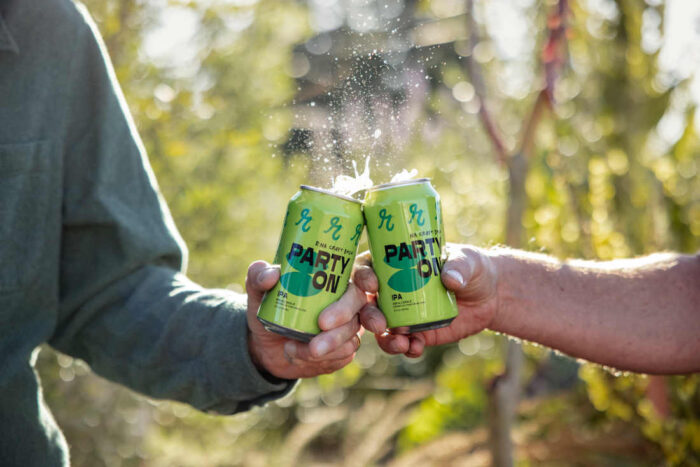
In broad terms, the process might involve using low-temperature fermentation to restrict yeast activity, using particular strains of yeast that are not able to break down certain types of sugars, creating wort (the syrupy, pre-beer liquid) that contains less fermentable sugar, or any combination of those things.
The Party On line of NA beers from Reuben’s Brews is brewed in-house using the same equipment that makes all the other beers. The brewery uses a specialized fermentation process instead of dealcoholization equipment. The brewery says that this method preserves the full spectrum of the beer’s flavor and aroma. I do not know precisely what that method entails, but I know it took a long time to nail it down.
With the rising popularity of non-alcoholic beer, you might think that every craft brewery should start making NA beer. I hope I’ve helped you understand that it’s not that easy. Though it is not alone, Reuben’s Brews is an outlier. Will other breweries follow suit? Time will tell.








